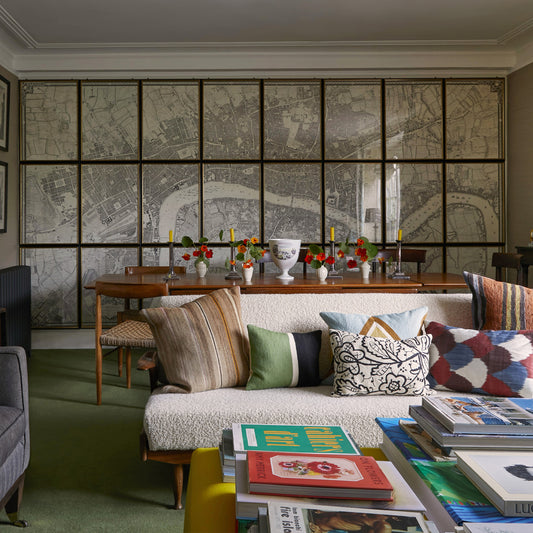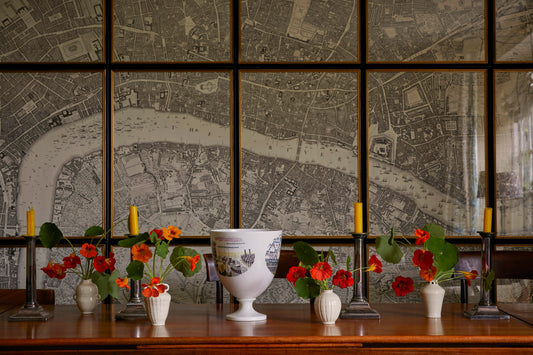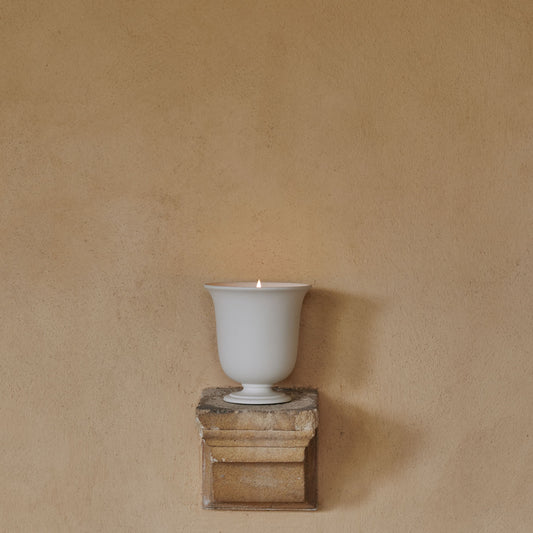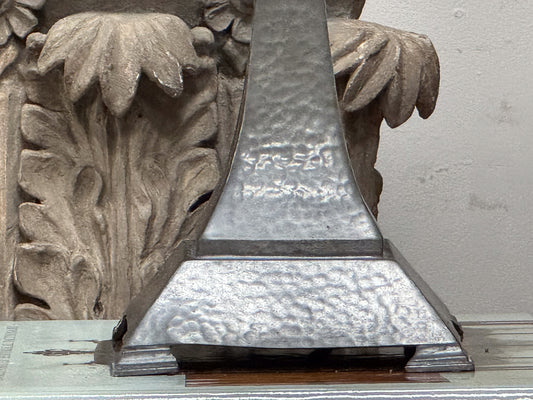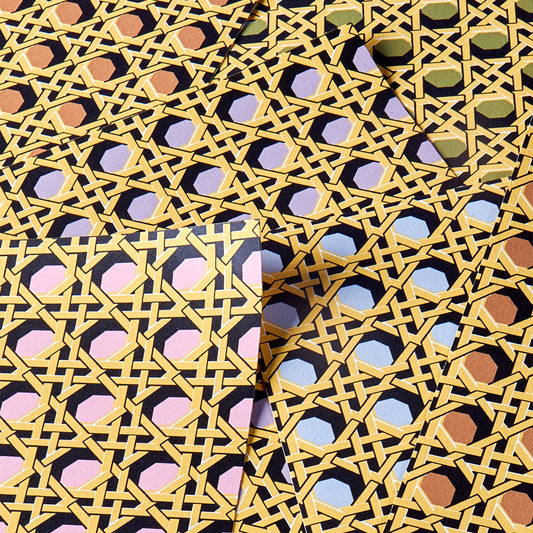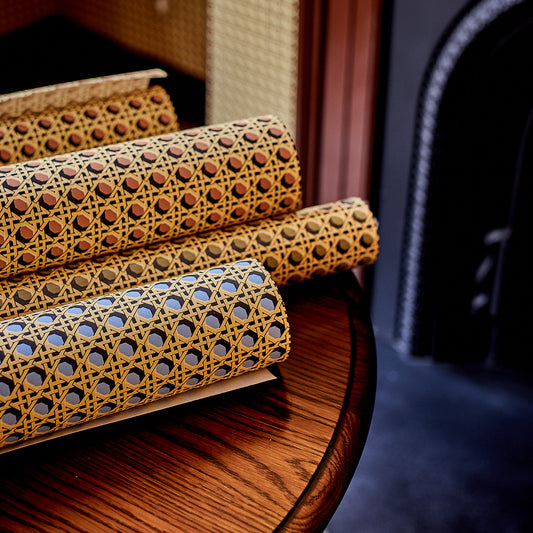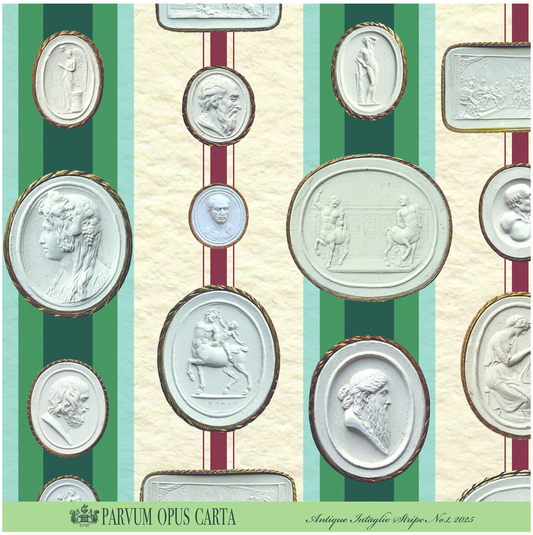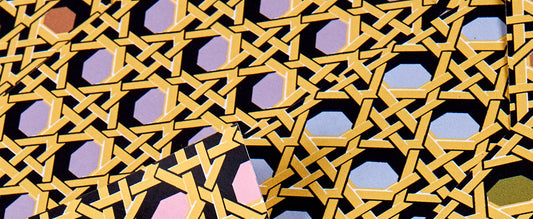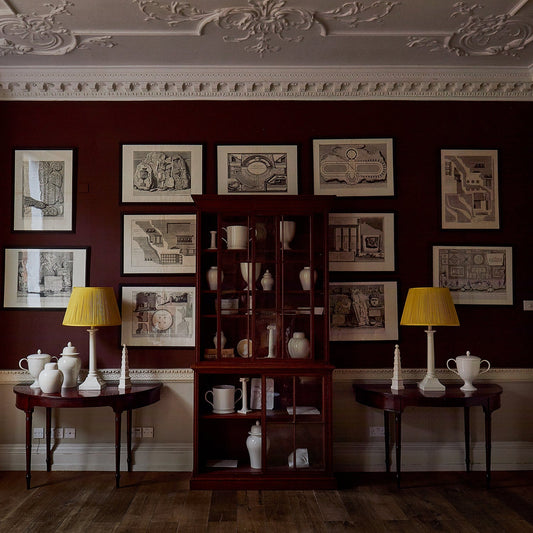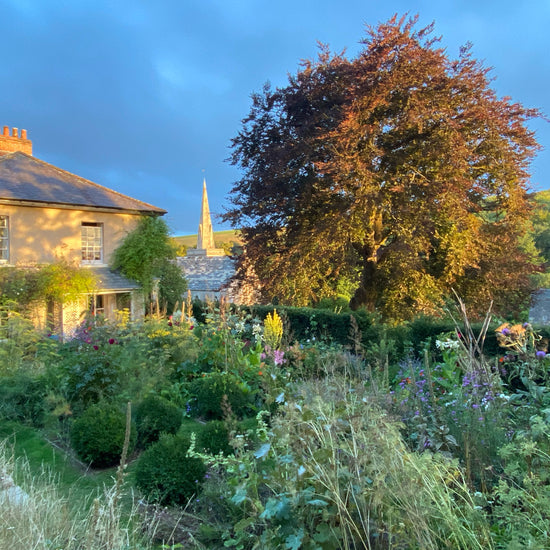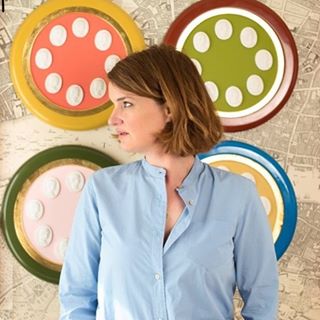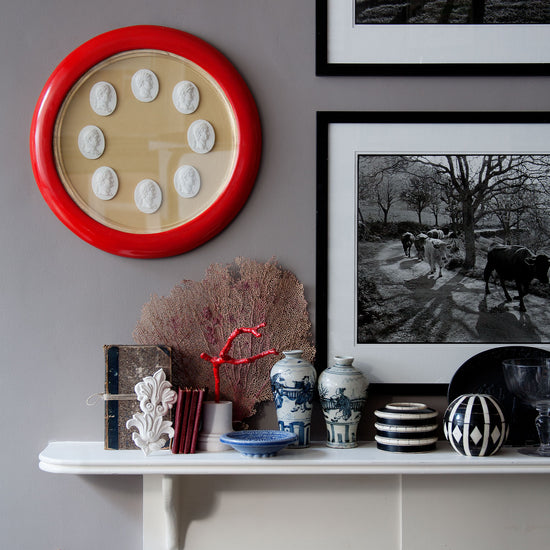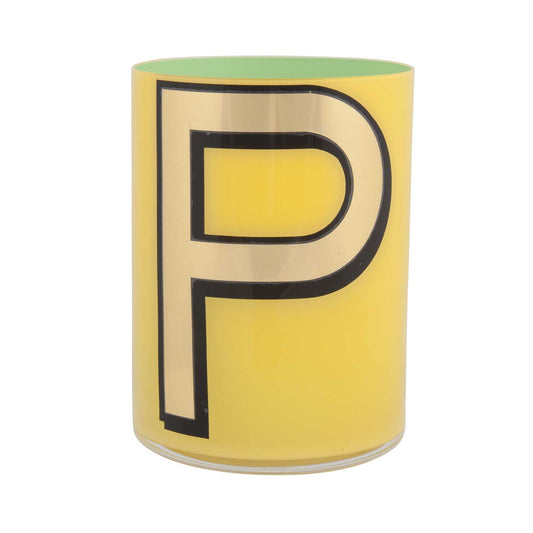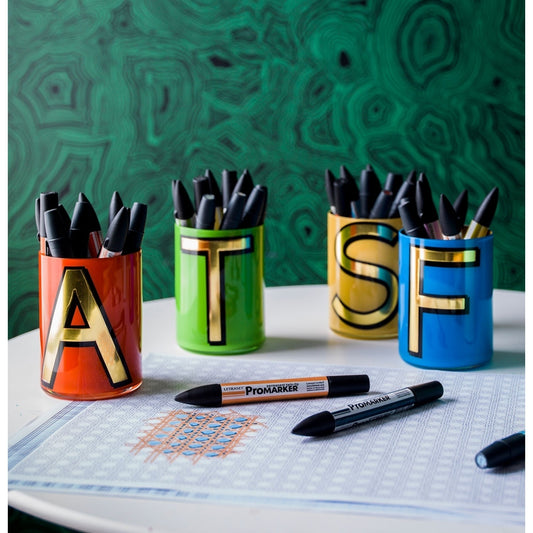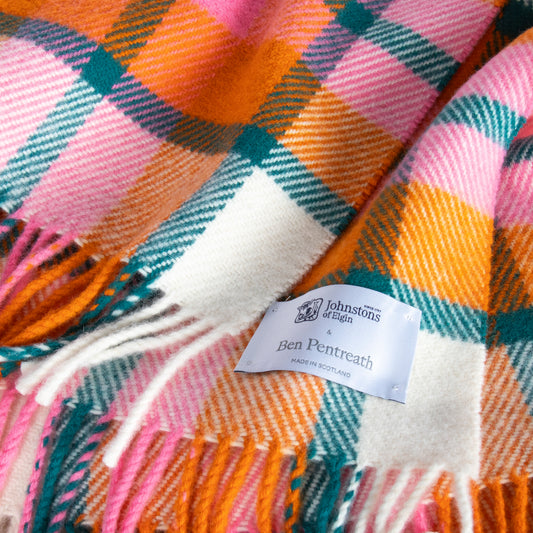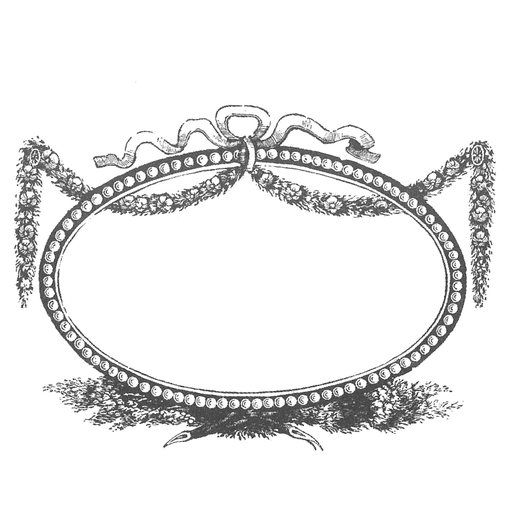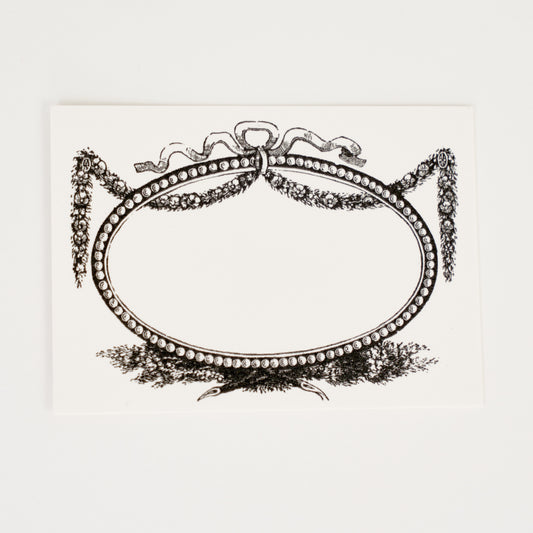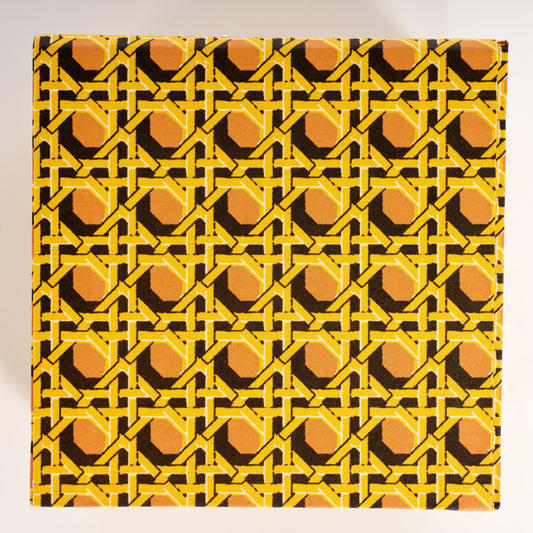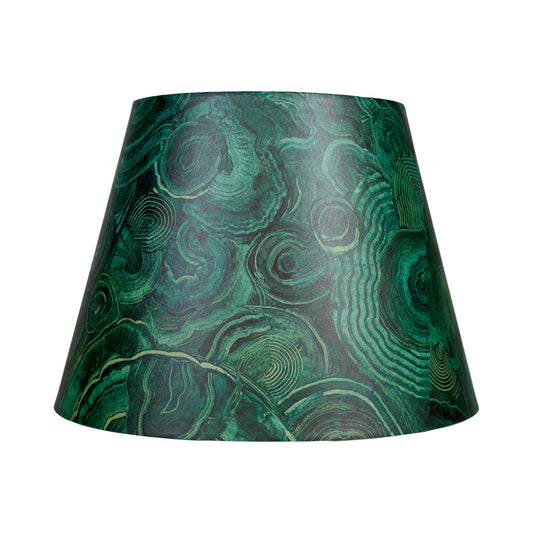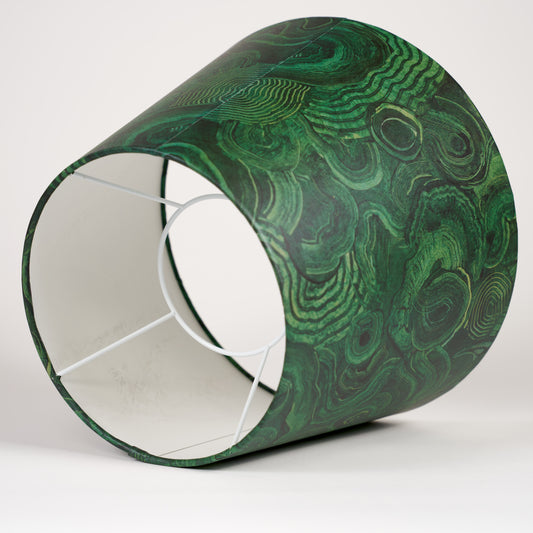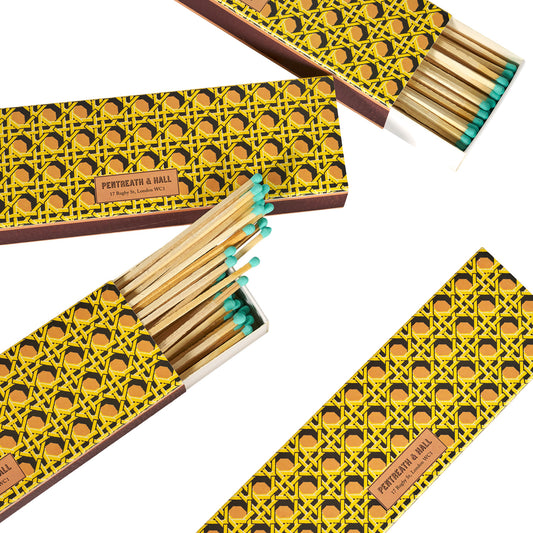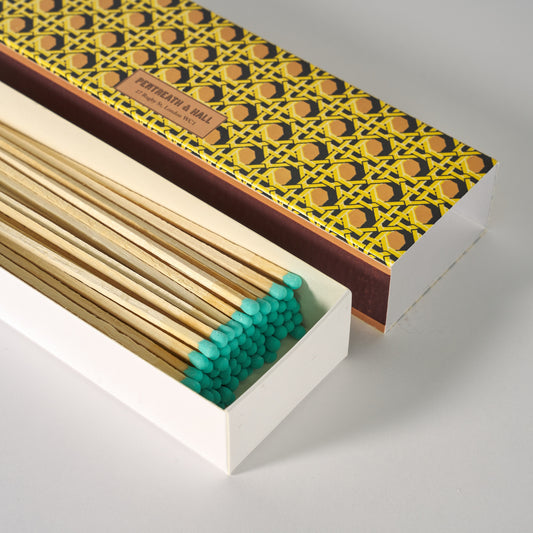It was back in 1999, or maybe 2000, when I was living in New York and working for a small firm of architects in the Meatpacking District, that we got invited to the launch fundraising party by the ‘Friends of the High Line’.
At the end of our street, Gansevoort, where meat processing warehouses sat alongside transvestite prostitutes and shady stores, was part of the rusting hulk of the High Line—the elevated railroad built in the 1930s to assist in the safe shipping of freight down the west side of New York, but which had fallen into disuse and dereliction by the 1970s.
Working on Gansevoort Street was quite an eye opener to a young and rather more innocent me, fresh from a tiny village in Norfolk, but it was New York at her… best. Next door was the legendary Florent restaurant, open 24 hours, but now sadly closed for ever; then Hell nightclub; more meat warehouses—and then Gansevoort turned into the leafy streets of Greenwich Village.
While I was there the transformation of the Meatpacking District began. Development was intense and we watched the city change in front of our eyes. So it’s all the more amazing that the High Line survived the attempts of developers and local property owners to remove what was considered to be a blighted eyesore – and all the more of a testament to Joshua David and Robert Hammond for creating the Friends, and having the vision to see how this urban decay could be transformed into an extraordinary oasis.
The amazing series of photos by Joel Stenfeld probably woke everyone up to what was above their heads (but which none of us could see). The complicated story of how the Highline turned into a park is explained in more detail on the website. But yesterday, the second section was opened by Mayor Bloomberg. A happy day, and a brilliant story. I wonder if this will be London’s Westway in 100 years time?








It was back in 1999, or maybe 2000, when I was living in New York and working for a small firm of architects in the Meatpacking District, that we got invited to the launch fundraising party by the ‘Friends of the High Line’.
At the end of our street, Gansevoort, where meat processing warehouses sat alongside transvestite prostitutes and shady stores, was part of the rusting hulk of the High Line—the elevated railroad built in the 1930s to assist in the safe shipping of freight down the west side of New York, but which had fallen into disuse and dereliction by the 1970s.
Working on Gansevoort Street was quite an eye opener to a young and rather more innocent me, fresh from a tiny village in Norfolk, but it was New York at her… best. Next door was the legendary Florent restaurant, open 24 hours, but now sadly closed for ever; then Hell nightclub; more meat warehouses—and then Gansevoort turned into the leafy streets of Greenwich Village.
While I was there the transformation of the Meatpacking District began. Development was intense and we watched the city change in front of our eyes. So it’s all the more amazing that the High Line survived the attempts of developers and local property owners to remove what was considered to be a blighted eyesore – and all the more of a testament to Joshua David and Robert Hammond for creating the Friends, and having the vision to see how this urban decay could be transformed into an extraordinary oasis.
The amazing series of photos by Joel Stenfeld probably woke everyone up to what was above their heads (but which none of us could see). The complicated story of how the Highline turned into a park is explained in more detail on the website. But yesterday, the second section was opened by Mayor Bloomberg. A happy day, and a brilliant story. I wonder if this will be London’s Westway in 100 years time?



















